INDIA
“The world is a book and those who do not travel read only one page” -- St. Augustine
Agra - Cochin - Jaipur - Mumbai
Agra, Uttar Pradesh

The Taj Mahal - A white marble tomb built in 1631 - 48 in Agra, seat of the Mughal Empire, by Shah Jehan for his wife, Arjuman Banu Begum


The Taj Mahal can be approached through an immense gateway with a huge arch and alcoves on either side. Smaller gateways follow the red sandstone towers which are topped with domes in white marble

Four minarets, each more than 130 feet tall, are set at the corners of the mausoleum. They were designed as working minarets to call the Islamic faithful to prayer

The Taj Mahal’s large white dome is surrounded by 4 smaller domes. It sits on a cylindrical 'drum' about 23 feet high giving it a height of around 115 feet
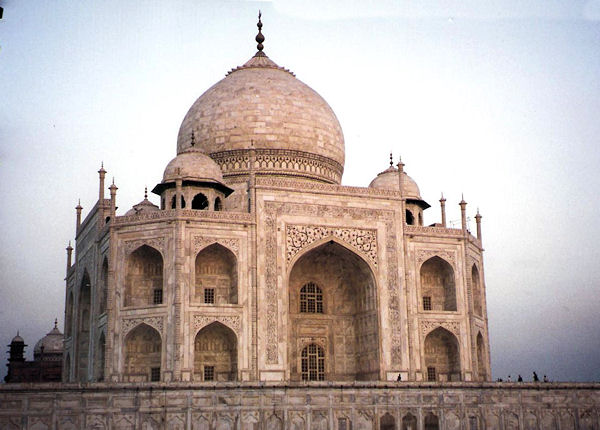
The tall decorative spires add emphasis to the height of the dome. The main finial was originally gold but was replaced by a copy made of gilded bronze in the early 19th century

Black marble scroll-like borders are inlaid into white marble to frame the architectural features

Throughout the complex, passages from the Quran in black marble lettering are used as decorative elements. Recent scholarship suggests that the passages were chosen by a Persian calligrapher Abd ul-Haq, who came to India from Shiraz, Iran, in 1609

The pishtaqs (high arches set within rectangular frames) embrace two storeys and are decorated with bands of calligraphy, glazed tilework, geometric and vegetal designs

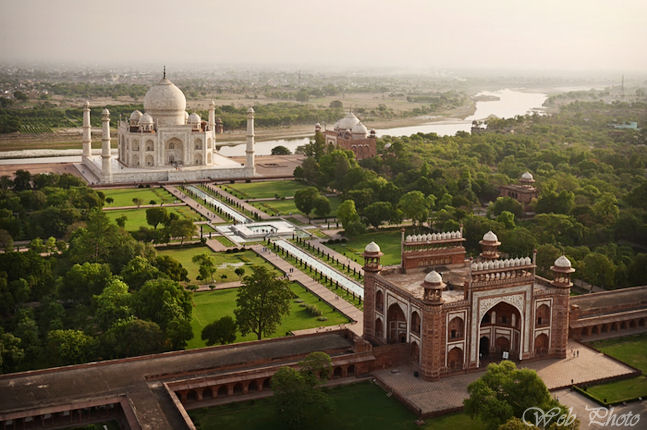
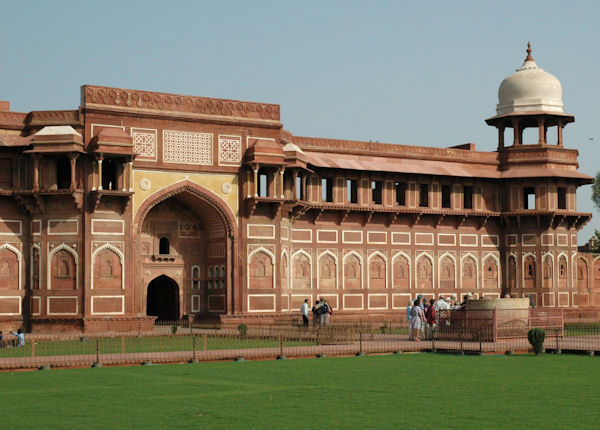
Agra Fort - Built by Akbar in Red Sandstone after his accession to power in 1654, served as both a military strategic point and the royal residence

The Red Fort of Agra, was completed it in 1573, having been worked on for eight years by some 1,444,000 builders. It is about 2.5 km northwest of its more famous sister monument, the Taj Mahal

Shah Jahan, the Mughal emperor and builder of the Taj Mahal, was imprisoned in the fort by Akbar-s son, Aurangzeb. - It is rumored that Shah Jahan died in Muasamman Burj, a tower with a marble balcony and an excellent view of the Taj Mahal

The fort contains splendid palaces both in red sandstone and white marble

Of the nearly 500 Akbari buildings only a few have survived, arrayed in a band on the riverfront

The fort can be more accurately described as a walled palatial city

The India Gate is the national monument of India. Situated in the heart of New Delhi, it was designed by Sir Edwin Lutyens

Raj ghat, Delhi
Cochin, Kerala
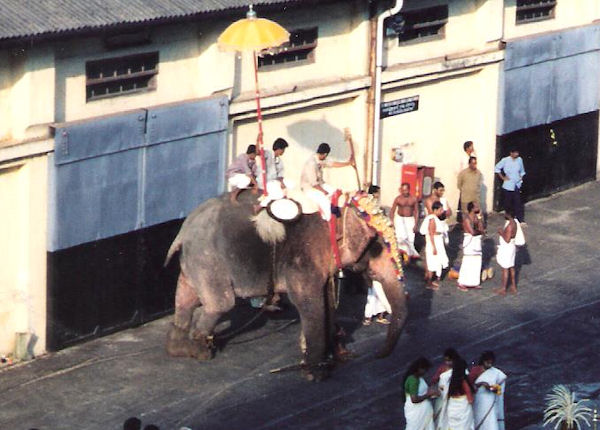
The elephant is chained!

The Kochi fishing nets

The huge mechanical contrivances hold out large horizontal nets of 20 m or more across
Catches can be purchased and taken a short distance to a street entrepreneur who will cook it

The system is balanced for the weight of a man on the main beam to cause the net to descend into the sea
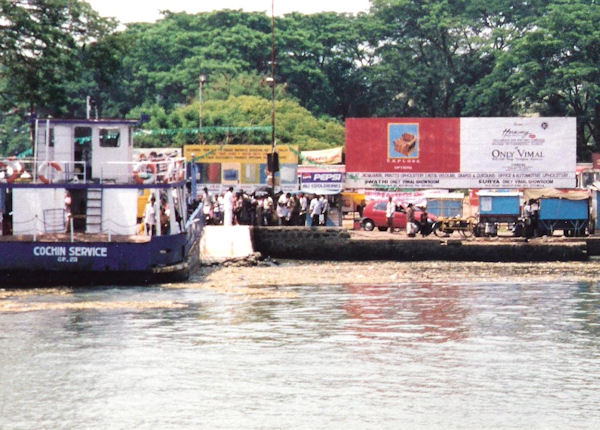
Cochin is a major port city on the west coast of India by the Arabian Sea
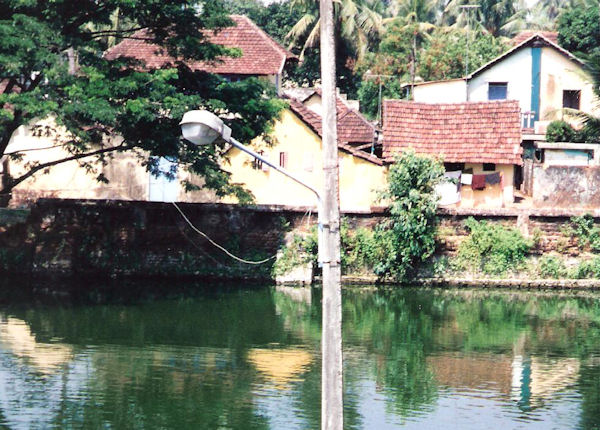
Kochi (pop. 601,574) is the most densely populated city in the state of Kerala





A section in Old Cochin known as Jew Town
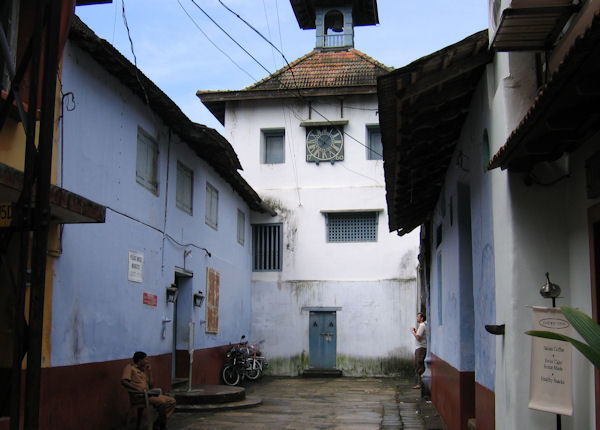
The Paradesi Synagogue
Jaipur, Rajasthan

Jaipur, The Pink City - The City Palace is a palace complex which includes the Chandra Mahal and Mubarak Mahal palaces and other buildings
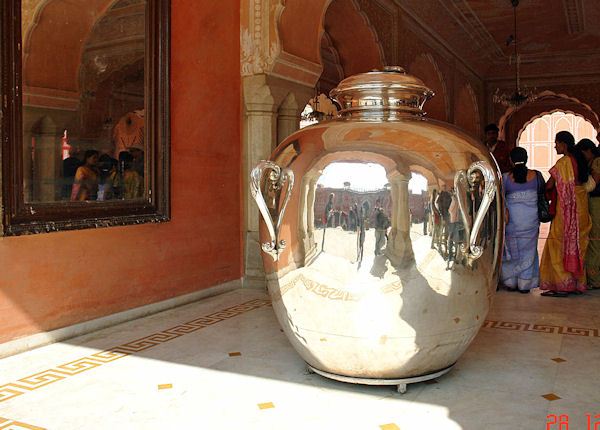
The Jaipur Jars - One of two identical silver jugs kept in the City Palace. - As per the Guinness Book of World Records, these are the heaviest silver artefacts in the world, each can hold 900 gallons



There are an estimated 40,000 cows wandering the streets. Some are wild but many are allowed to roam free so that owners do not have to pay for feed

High angle view of the Amber Fort's garden. The Fort was built in red sandstone and marble and the Maotha Lake adds a certain charm to the entire Fort

Jantar Mantar - The Maharaja Jai Singh was a keen astronomer and had this giant observatory built on the grounds of his palace in 1724. This view is from atop the gnomon of the Samrat Yantra, the world's largest sundia

The Laghu Samrat Yantra - The small Sun dial of Jantar Mantar is the instrument used for time and to find out the declination angle of the sun

The Narivalaya Yantra - Two paired sundials used to calculate time by following the solar cycle. - One side is used in winter (when the sun is in the southern hemisphere) and the other is used in summer, when the sun is in the northern hemisphere. The summer dial is shown in this photo
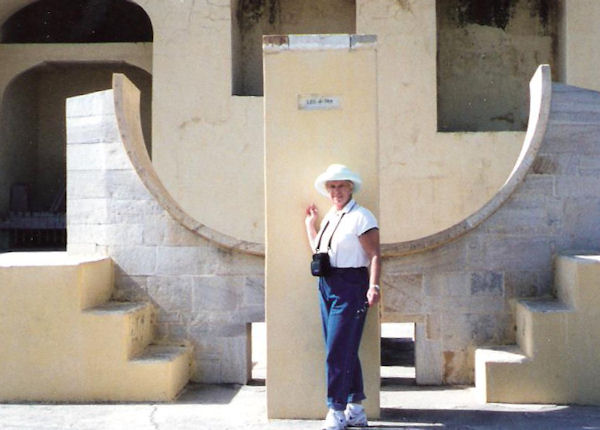
The Rashivalaya Yantra - One of 12 pieces, each representing a different zodiac sign, used to make horoscopes

The Samrat Yantra - The large sundial of Jantar Mantar. It is largest sundial in the world with its gnomon rising over 73 feet above its base. At 114 feet in length and with a thickness of 10 feet, it is the largest device in this ancient observatory
Mumbai (formerly Bombay), Maharashtra

Mumbai, formerly known as Bombay

The Mumbai Suburban Railway, popularly known as Locals, forms the backbone of the city's transport system. Mumbai's suburban rail systems carries about 6.3 million passengers every day

Mumbai has over 1.5 million vehicles

The black and yellow Premier Padmini Taxis are iconic of Mumbai
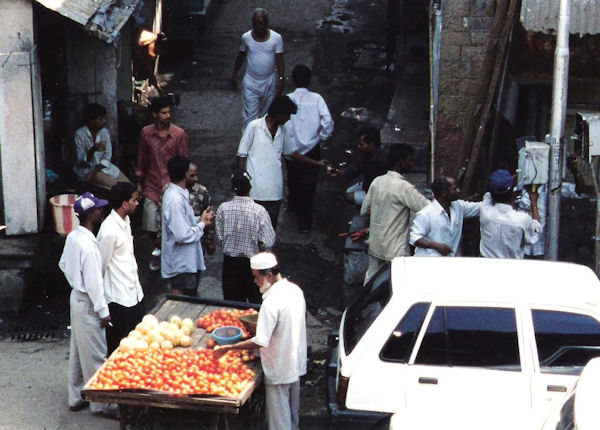


Mumbai is the most populous city in India, and the fourth most populous city in the world, with a total metropolitan area population of approximately 20.5 million






Dhobi Ghat - A well known open air laundromat in Mumbai, India

The washers, locally known as Dhobis, work in the open to wash the clothes from Mumbai's hotels and hospitals

There are rows of open-air concrete wash pens, each fitted with its own flogging stone

The word Dhobi Ghat is used all over India to refer to any place where many washers are present


Hanging Gardens, Mumbai
Google Maps
Agra
Cochin
Jaipur
Mumbai
©Copyright 2000
All rights reserved. No part of this publication may be reproduced,
stored, or transmitted in any form without my prior permission. Charles Tyrrell, Webmaster
stored, or transmitted in any form without my prior permission. Charles Tyrrell, Webmaster